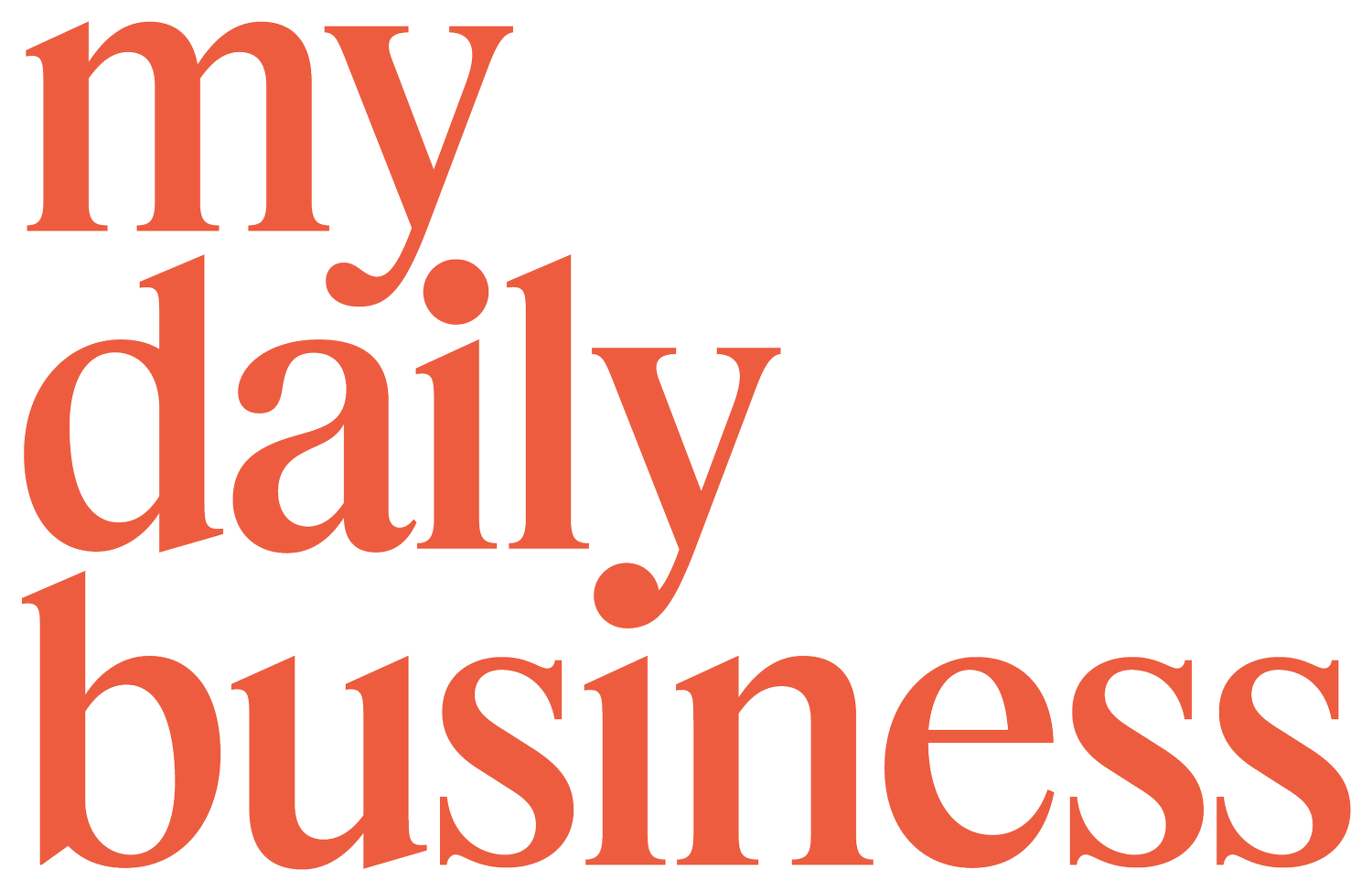The one tool you need to be using to make sales
Let's do a quick exercise. Take a minute and reflect on the last three days of work.
Consider the activities you completed, the tasks you did (or perhaps didn't get a chance to do).
Now, consider how many of these were the same.
That is, you sent a similar email or reply to a customer / client, you gave the same instructions to a colleague or remote worker, you sent the same information through to a potential collaborator, you answered the same Q in your IG DMs.
According to two recent studies (one by Hubspot, another by IDC, a research company in the US) the average worker spends between 20% to 30% of their day repeating tasks or providing information on a task that already exists, i.e. sending an instruction guide to a colleague when the manual already exists.
NEED HELP GROWING YOUR BUSINESS?
SIGN UP BELOW TO RECEIVE A FREE DOSE OF BIZ INSIGHTS AND TACTICS DELIVERED WEEKLY!.
Does this sound like you?
If so, you're not alone. In 2019, it's estimated that only 49% of businesses utilise automation. That means more than half are wasting time on tasks and processes that aren't efficient.
So, what is automation?
Automation is basically the set up of systems so they run (almost) by themselves. Think email correspondence, customer service and even IG DMs.
What does this look like?
It can vary depending on the business and its audience's needs. In my business almost all of our emails to inbound requests are automated. My VA simply copies & pastes from a list of possible email responses (all captured in Asana). Likewise, when you sign up for certain freebies or courses from the My Daily Business Coach shop, you'll receive an email sequence that helps you utilise those (an example of this is a monthly accountability email which people who have bought the Get It Done eBook can opt in to). Likewise, when people commence 1:1 coaching, they are on-boarded through a series of welcome emails. Any meetings or calls I have are automated by hooking up my calendar with Calendly, a scheduling tool. Calendly also links with Zoom, so that when someone books a meeting in Calendly, a meeting ID is created in Zoom (a video conferencing tool I use to conduct 1:1 and group coaching calls) and the link is sent to both myself and the person/s being coached.
How do you know what to automate?
The purpose of automation is to save time and to stop you having to do the same task over and over again. Prior to automating our inbound email responses, we were spending hours writing virtually the same thing to people. Knowing what to automate starts with the basic exercise I asked you to at the start of this email. Literally, spending time looking at the tasks you complete in your week and then asking yourself / your team if there's a smarter way to do this.
For service-based businesses automation may look like the items I've outlined above as well as creating things like opt-ins, that is free valuable content people can download in exchange for their email address. From there people are nurtured through email sequences or FB messenger bots to understand more about your business and potentially work with you.
For product-based businesses, it may be automating some of your customer service messages, it could be utilising a FAQ section on your website and using the text replacement tool on your phone or iPad to automate this for social media comments (i.e., instead of replying from scratch to every DM or FB comment about your sizing options, you create a 'sizing' text replacement which has the same message as your sizing section in your website FAQ). It may also be setting up emails according to SKUs by linking your eCommerce and email platforms. I.e. when someone buys your most popular summer dress they receive an automated email sequence on how to style it, what else matches it or even a discount off all summer sandals.
Other items to automate in a small business may be:
Onboarding of new staff / clients
Capturing and nurturing of leads
Linking core content with different distribution channels i.e., your podcast is shared on LinkedIn and IG at set times throughout the month post publication (CoSchedule is good for this)
Sending ad-hoc surveys to your customer base to consistently improve your offering
Setting up meetings (Calendly is incredible for this)
Updating your stockists / wholesale accounts about new collections
Chasing up late payments (Xero is brilliant at this)
Asking clients / customers for testimonials or reviews
Generating repeat business (by sending emails to clients / customers X months after they buy from you)
And sooooo many more!
There are countless ways to use automation in your small biz. And before you get scared that it takes away the 'human' element, consider this: a study by WebFX found that triggered emails (that is automated emails as a result of a customer / client completing an action) receive 70.5% more opens that other types of emails. People want to be seen and they want their requests to be responded to quickly. Automation ensures that happens.

